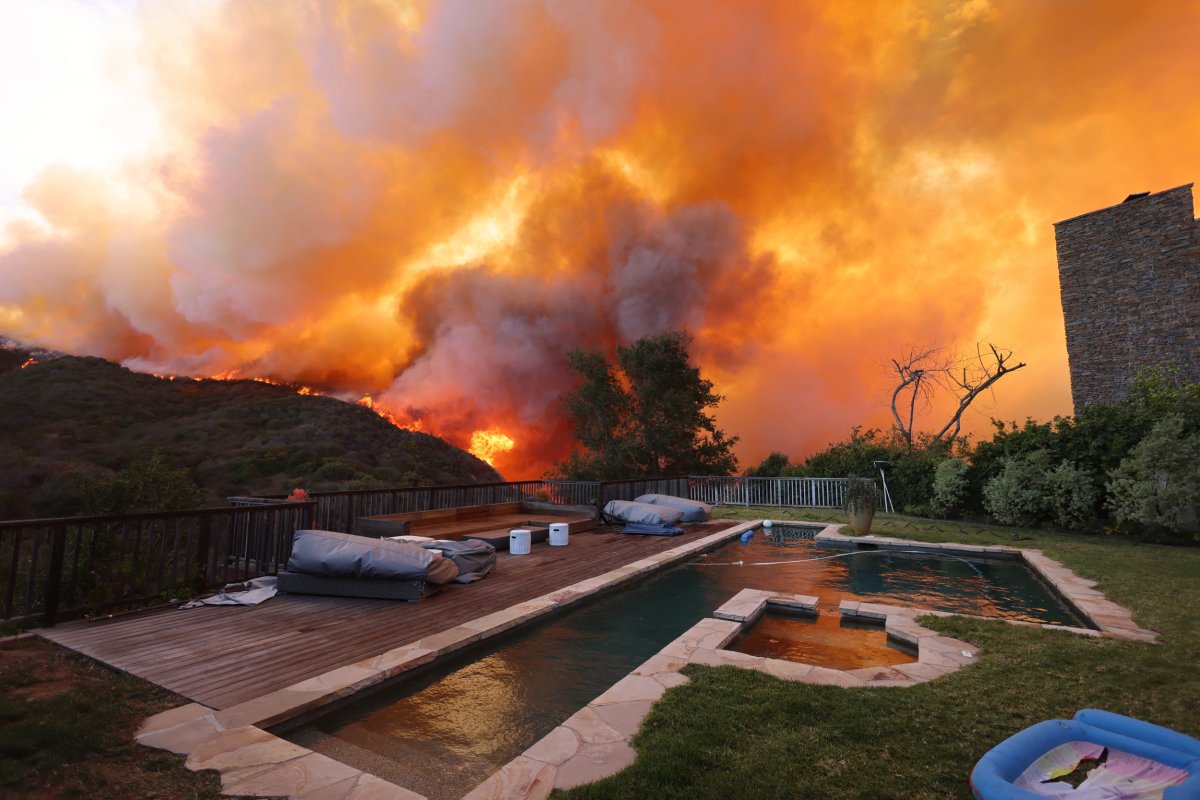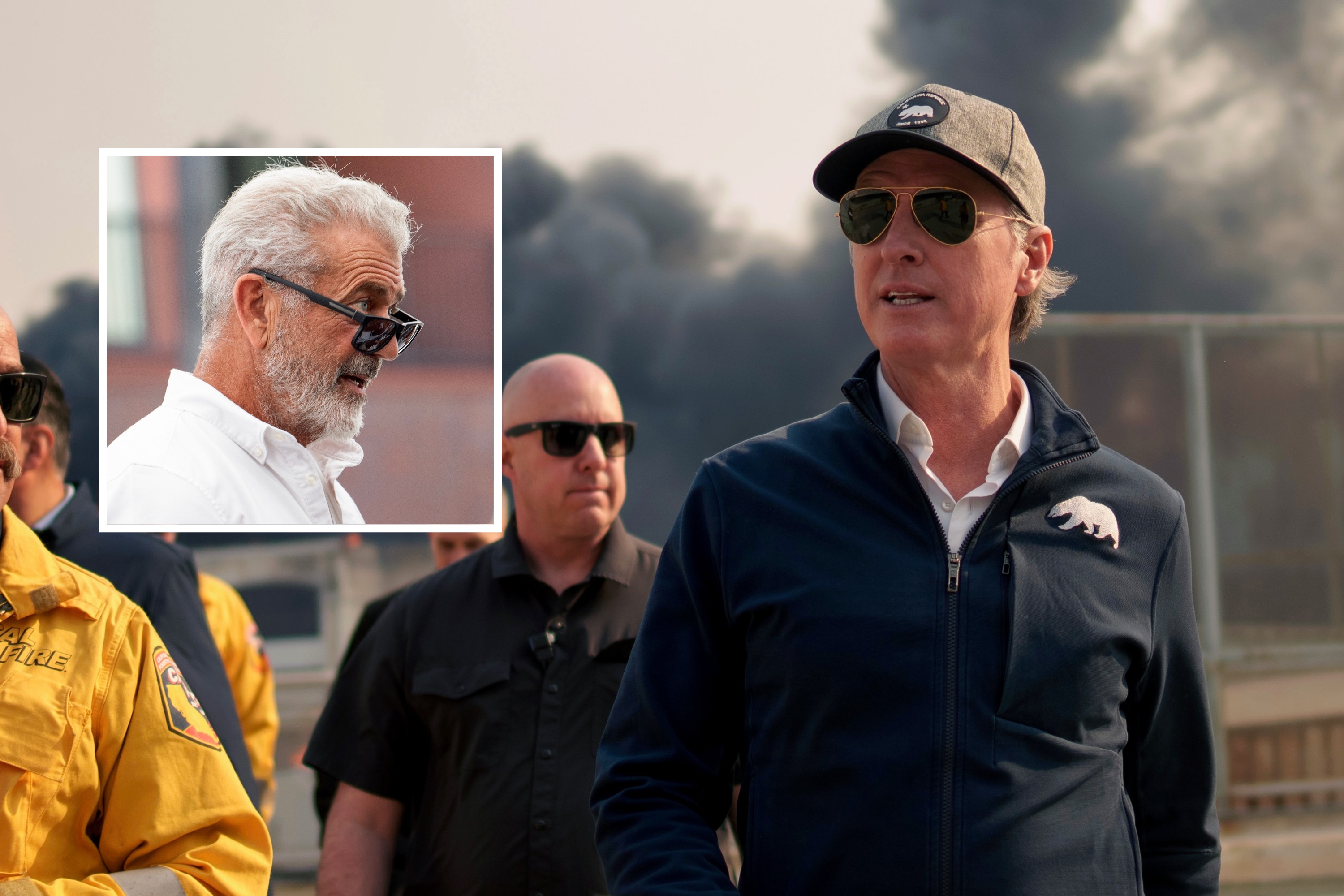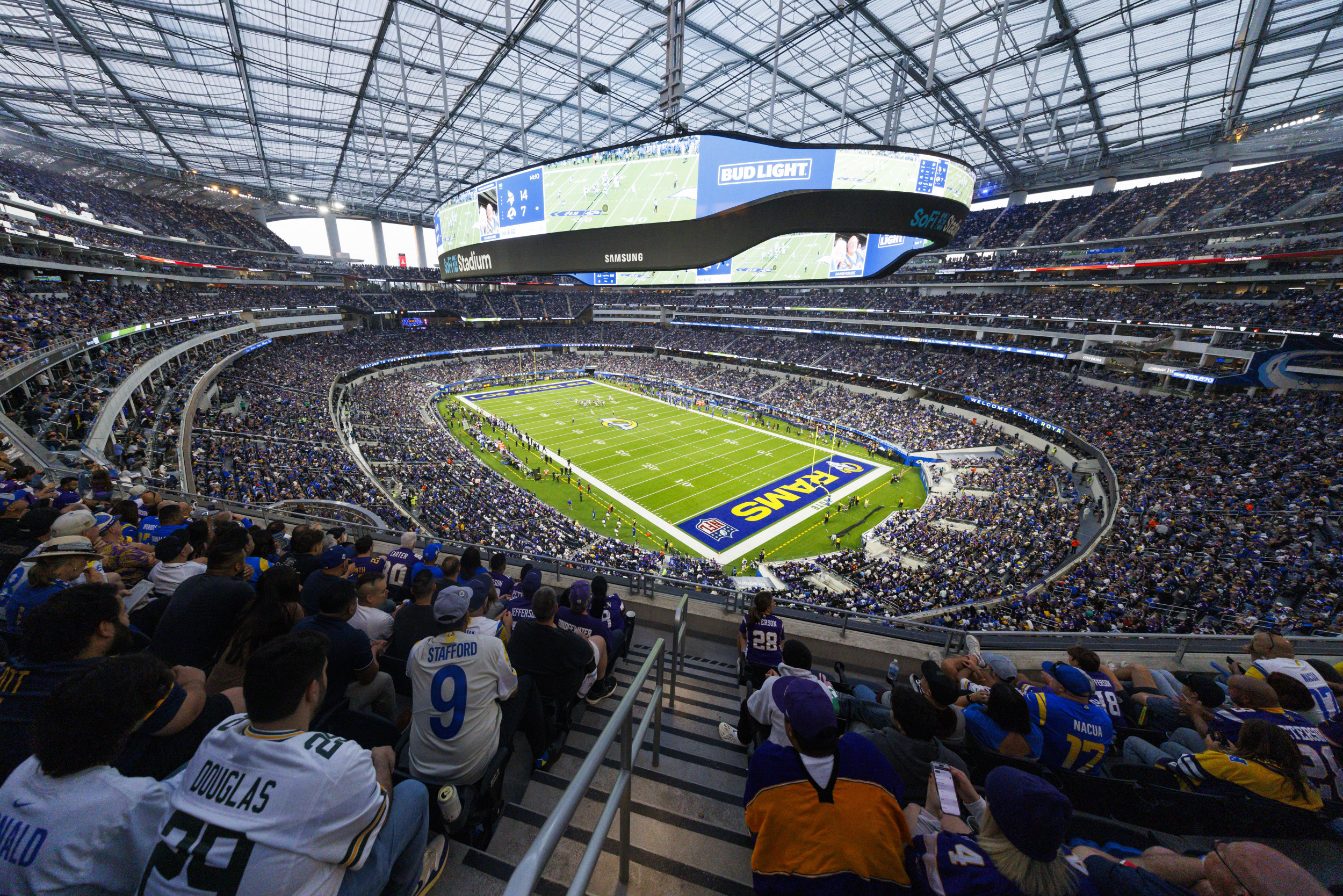As wildfires continue to burn out of control across Los Angeles, questions have turned to why and how California authorities allowed the perfect conditions — extremely dry, uncleared forests, hillsides and brush — to proliferate during an already dangerous fire season made worse by a Santa Ana wind event that hits the area with relative frequency.
Why It Matters
Well before those dangerous conditions aligned and sparked the massive blazes that tore through some of L.A.'s most affluent neighborhoods this week, the region was already a tinderbox due, in part, to a lack of prescribed fires.
Also known as controlled burns, those are fires intentionally set by forest managers to reduce hazardous fuels like brush, dead trees and other highly flammable materials. The main benefit of prescribed fires is to "reduce the risk of unwanted wildfires in the future," according to the Forest Service, an agency of the U.S. Department of Agriculture.
The reason California hasn't conducted more of these controlled burnings comes down to existing environmental laws in the U.S. that have posed bureaucratic obstacles to prescribed fires. It often takes years for proposals to go through reviews before any controlled burning can actually take place.
Tahra Jirari, the director of economic analysis at the the tech-aligned Chamber of Progress, told Newsweek that while there are several factors that could have mitigated the fires in Los Angeles, "if prescribed fires have been conducted at the rate they should have the damage would have been lessened."

What To Know
At least five fires covering more than 45 square miles have burned in the Los Angeles area this week, destroying thousands of structures and leading to at least five deaths.
The Palisades Fire—which has already become the most destructive fire in Los Angeles history— has burned through more than 17,234 acres, making it larger than the land size of Providence, Rhode Island. The latest fire, the Sunset Fire, started Wednesday evening in the Hollywood Hills, threatening iconic landmarks in the beating heart of the city's entertainment industry. More than 350,000 energy customers are without power across the region.
"There's no denying that wildfires are getting worse - and if lawmakers want to get serious about fighting them, they need to make sure we have every possible tool at our disposal, including proven tactics like controlled burns," Jirari said.
"We can't let something as serious as this get lost in red tape. Mother Nature does not wait for court battles or paperwork to finish, and forests will continue to burn, threatening livelihoods in the meantime."
Prescribed fires are a critical tool to preventing catastrophic wildfires. Such controlled burning helps reduce the intensity of future fires because it eliminates brush and other flammable materials, also known as "ladder fuels," that helps the flames climb up from the ground to tree canopies where fires become more destructive and spread faster.
But in order for these prescribed fires to occur, they must go through the National Environmental Policy Act (NEPA) review process, which can last anywhere from 3.6 years to 7.2 years between the time of initiation to when the burning can actually begin, according to a 2022 policy brief from the Property and Environment Research Center (PERC).
The Forest Service has been warning of a "forest health crisis of tremendous proportions" for more than two decades. In its own 2022 report, the agency said that "73 million acres of national forests are at risk from severe wildland fires that threaten human safety and ecosystem integrity."

"Unfortunately, the Forest Service operates within a statutory, regulatory, and administrative framework that has kept the agency from effectively addressing rapid declines in forest health," the report said.
Forest Service officials have estimated that planning and assessment consume a full 40 percent of the agency's total direct work at the national forest level and that those efforts cost the Forest Service more than $250 million every year.
"Although some planning is obviously necessary, Forest Service officials have
estimated that improving administrative procedures could shift up to $100 million a year from unnecessary planning to actual project work to restore ecosystems and deliver services on the ground," the agency said in its report.
The Clean Air Act (CAA) has also presented obstacles to these prescribed fires because the 1963 federal law requires states to meet strict National Ambient Air Quality Standards for pollutants, including particulate matter that is released in large quantities by the combustion of fires.
"While wildfire smoke is often classified as an 'exceptional event' and exempt from penalties under these standards, smoke from prescribed burns does not always receive the same leniency," Jirari said. "This means that land management agencies may avoid conducting prescribed burns to prevent exceeding air quality limits, despite their long-term benefits in reducing catastrophic wildfire risk."
Lawmakers have introduced legislation that would allow for more controlled burning, but because no laws have been passed, environmental red tape has continued to present challenges to proactive fire management.
Oregon Democratic Senator Ron Wyden introduced the National Prescribed Fire Act of 2024 in May. The bill, which proposes a $300 million investment in hazardous fuels management and aims to ramp up prescribed burns on federal lands, will need to be reintroduced and begin its journey anew with the start of the new Congress.
What People Are Saying
Tahra Jirari, the director of economic analysis at the the Chamber of Progress, told Newsweek: "While NEPA and other environmental laws were designed to protect the environment, they created a challenging timeline for forest management projects. Which is increasingly difficult because Mother Nature cannot wait for legal proceedings to play out. There have been several instances where project areas have burned while waiting to receive the correct permit or approval."
Sara Clark, Jenna Archer, Scott Stephens, Brandon Collins and Don Hankins, a group of California-based researchers, concluded in a 2024 study on the CAA, NEPA and Endangered Species Act (ESA): "Reintroducing beneficial fire is necessary to restore forest health and combat the wildfire crisis, but the current regulatory landscape is inhibiting rather than enabling agencies and fire practitioners from engaging in this critical work. Reforming environmental statutes and regulations to recognize fire's unique role in ecosystems can enable the use of beneficial fire and ensure continued protection of environment and communities throughout the United States."
Matthew Zeitlin, a correspondent for Heatmap News, wrote in a June 2023 article: "Catalytic converters in cars have visibly cleared the air even in the most traffic-jammed cities; getting rid of lead in gasoline has made children smarter; efforts to fight acid rain were so successful that the paucity of it is now seen as a reason to ignore current environmental problems. But all these efforts were aimed at limiting emissions from particular sources, like factories and vehicles, not fires that consume tens of thousands of acres across a mixture of federally managed and privately held land."
Brian Schnee, an anchor for KUTV, in a Wednesday post on X, formerly Twitter:
What's Next
As of Thursday, firefighters continue to battle multiple uncontained fires and much of Los Angeles County remains under a red flag warning as forecasters expect the conditions to last through Friday night at least.




















 English (US) ·
English (US) ·